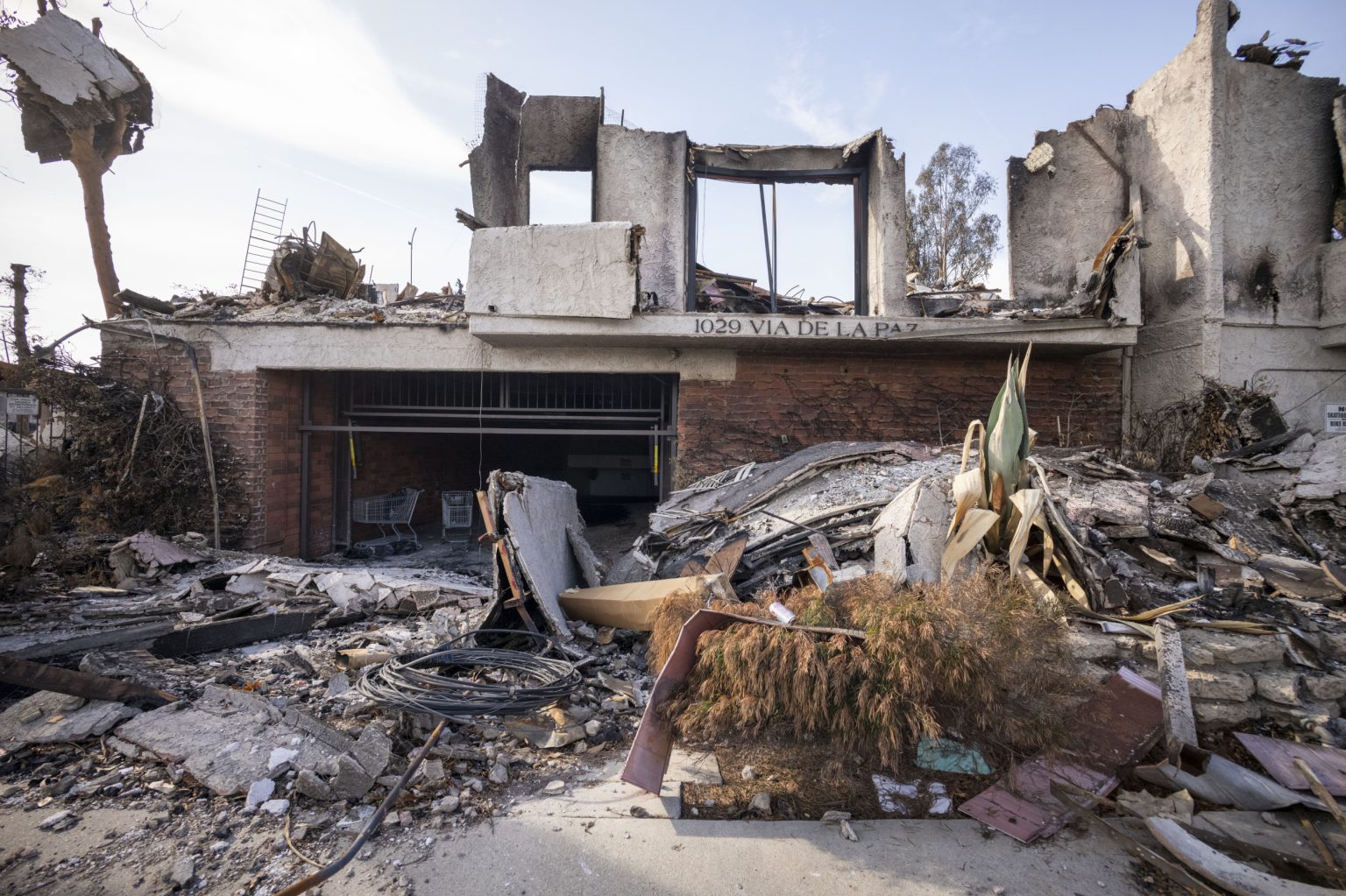The insurance giant, State Farm, has found itself embroiled in controversy after requesting a substantial rate hike for California homeowners in the aftermath of the devastating wildfires that ravaged the state. The proposed increase, averaging 22% for homeowners, 15% for condo owners, and a staggering 38% for renters, has sparked outrage and accusations of profiteering from tragedy. Consumer advocacy groups and affected residents are questioning the justification for such a steep increase, particularly so soon after a previous 20% hike implemented in March 2024. The timing of the request, coming on the heels of widespread destruction and loss, has fueled suspicions that State Farm is exploiting a vulnerable population.
State Farm defends its request, citing the immense financial strain caused by the wildfires. The company reports receiving approximately 8,700 claims and paying out over $1 billion to customers, with expectations of significantly higher payouts to come. In a letter to the California Department of Insurance Commissioner, State Farm argued that the rate increase is necessary to avoid a “dire situation” and maintain the stability of California’s insurance market. They emphasize the need to align cost with risk, asserting that higher risks necessitate higher premiums.
However, consumer watchdog groups like Consumer Watchdog dispute State Farm’s claims, accusing the company of lacking transparency and failing to provide sufficient financial data to justify the increase. They argue that State Farm, with its substantial surplus, should absorb the costs rather than burdening homeowners, many of whom have lost everything. Past attempts by State Farm to secure rate increases have been met with resistance due to the company’s refusal to open its books for scrutiny as required by California law. This history of opacity further fuels skepticism about the current request.
The proposed rate hike has ignited public anger and confusion, particularly given the previous increase just months earlier. Many Californians question how previous rate hikes, presumably factoring in the risk of wildfires and other natural disasters, could not have adequately prepared the company for such an event. The timing and magnitude of the request appear opportunistic and insensitive to the immense hardship faced by those still reeling from the fires. The perceived disconnect between State Farm’s rhetoric of supporting its customers and its actions has further eroded public trust.
The controversy extends beyond California, with reports of significant rate increases in other states as well. This broader trend fuels concerns about the insurance industry’s practices and whether consumers are being unfairly burdened with excessive premiums. The lack of transparency and accountability within the industry exacerbates public distrust, leading to calls for greater regulatory oversight and consumer protection measures.
The California Department of Insurance is tasked with reviewing State Farm’s request and determining its validity. The decision will have significant implications for California homeowners and the broader insurance landscape. The department’s response will be closely watched by consumer advocacy groups, policymakers, and the public, all seeking a fair and transparent resolution. The outcome will likely shape future debates about insurance regulation, affordability, and the industry’s responsibility in the face of natural disasters.

